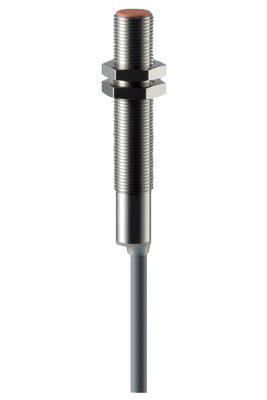Archiv

Other
Archiv
Archiv
Archiv
Archiv
Archiv
Archiv
Archiv
Archiv
Archiv
Archiv
Archiv
Archiv
Systemkomponenten
Housing construction form: cylinder, smooth
Housing construction form: Block
Housing construction form: cylinder, thread
.png?id=497683c97d2c2689df20070a5453bdbb)







